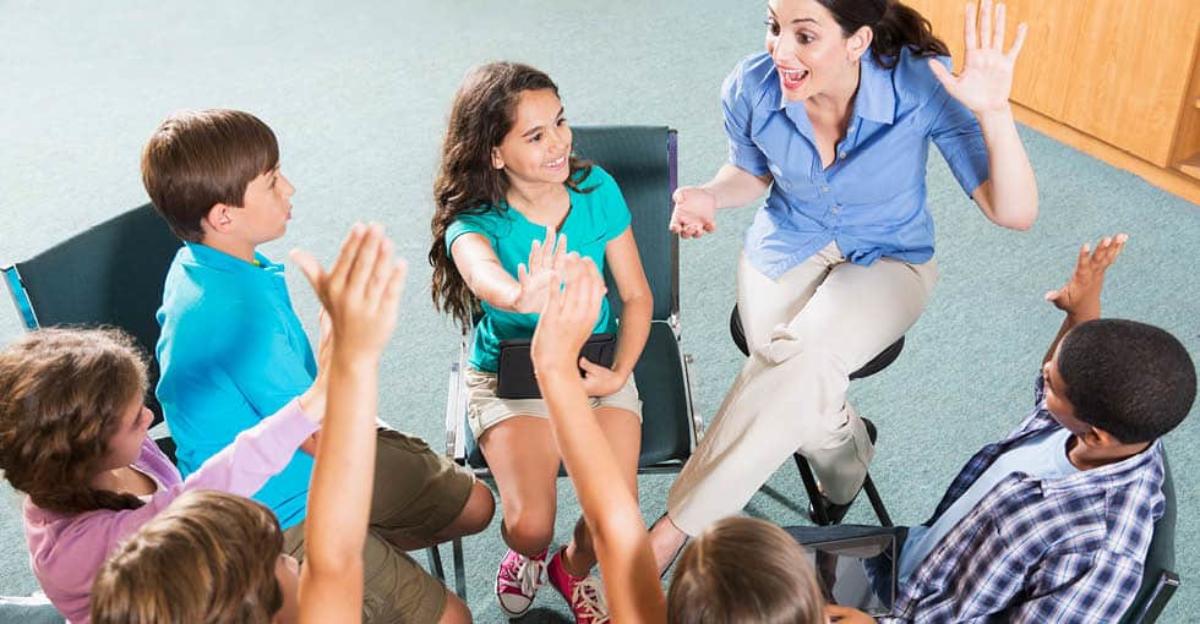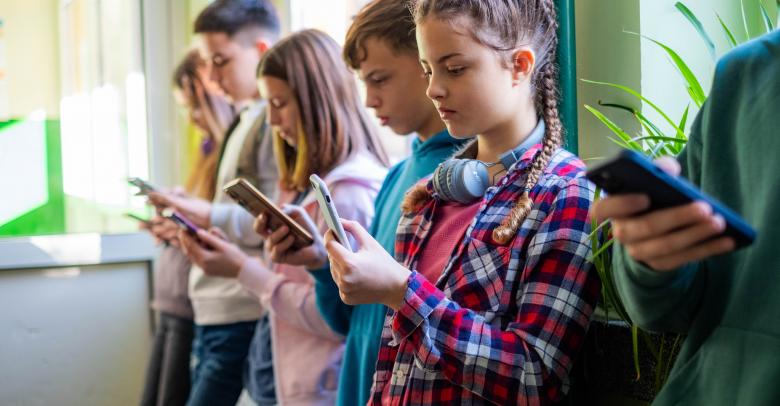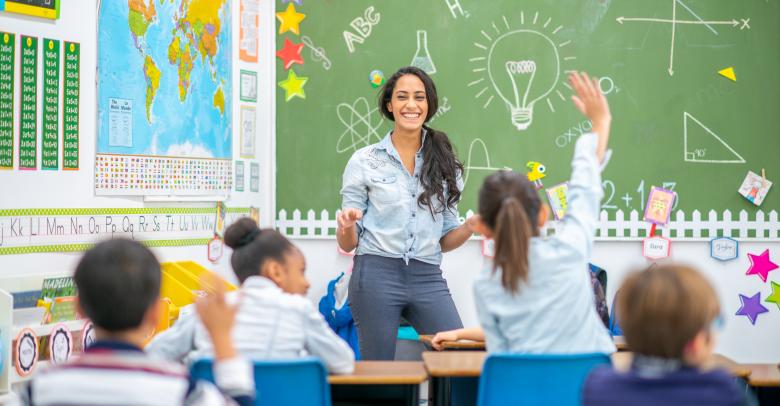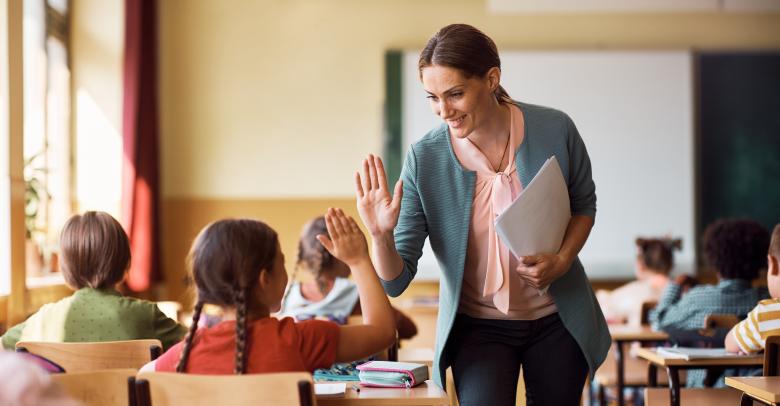Classroom dialog is a spectacular tool for student learning. A great discussion is one of the best ways to engage students, monitor student learning, and to create student enthusiasm. Many teachers, however, find that dialog and discussion lag and fall apart in their classrooms, particularly at the elementary and junior high levels. So how can you incorporate this great tool and encourage higher levels of engaging and thinking?
Generate open ended questions
Many times, conversations and dialog in classrooms lag because of a lack of good questions. If a question is too simple or has only one right answer, students will have difficulty engaging in deeper discussion. Prepare a list of questions on your topic of choice to spur student dialog when students falter and run out of ideas to share on their own
Give wait time
While it may seem like you are waiting forever for a student response, giving students time to think before they speak is a critical component of a good classroom discussion. Students, particularly younger students, may require more time to put together a response than an experienced adult. Be patient and try to give several seconds of wait time before prompting with a new question or follow up question.
Choose topics of interest
While it is possible to attempt a classroom discussion on any topic, topics with a strong level of student interest are more likely to generate discussion and dialog in your classroom. Choose current events, topics of debate, or sections of reading that students can really engage in. Strategies such as Socratic seminar and debate are best fueled by topics where students may have multiple viewpoints and ideas.
Release control of the dialog
Often, teachers don’t want to release control of the classroom to the students. However, great student dialog is based on student freedom. Let students question one another and share their opinions freely. Set ground rules to maintain good classroom behavior such as not interrupting others and active listening. Keeping too tight control on the dialog, however, stifles student freedom and enthusiasm. While teachers can and should guide the conversation with probing questions, let students explore the topic and their own thinking without needing to call on each student and maintaining complete control.
Using student conversation and dialog to encourage learning can be a rewarding experience for both students and teachers. Great dialog encourages critical thinking, social skills, and deep exploration.





